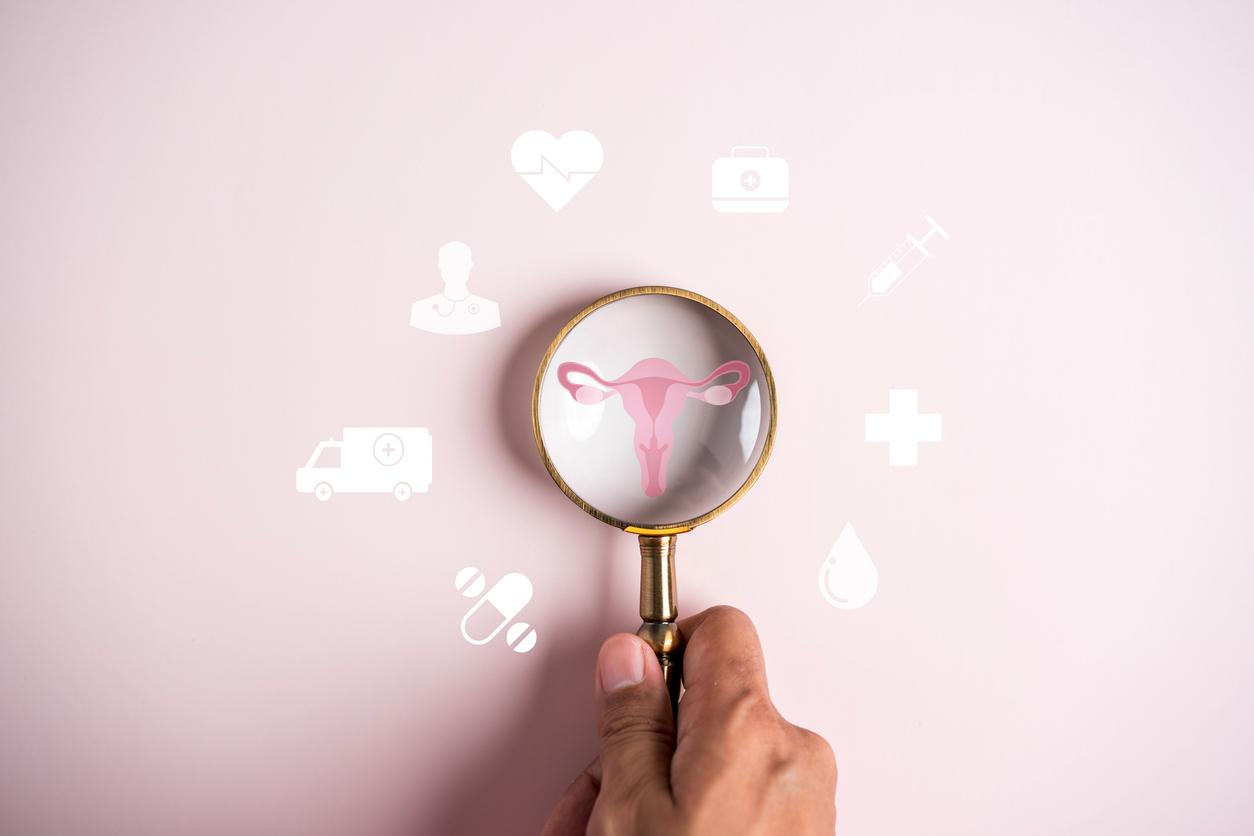Infectious diseases are said to be less fatal in women than in men. This unequal treatment is due not to a difference in the immune system but to a strategic evolution of the viruses. Francisco Ubeda researcher at Royal Holloway University in London deciphers “this theory of virus evolution” in the journal Nature communications. The experts led by the researcher looked at the case of the HTLV-1 virus (for human lymphotropic virus T-1), a virus which can be the cause of cancers of the type leukemia. It appears that infections are 5 times more fatal in men than in women.
If women are affected less severely by the HTLV-1 virus, it would be precisely to be able to transmit this virus to children during childbirth or breastfeeding. The female population would constitute vectors of spread of infections. “Pathogenic viruses adapt to be less virulent in women and increase their chances of being transmitted to next generations during pregnancy, childbirth and infancy”, summarizes Dr. Ubeda, quoted by The Sun.
Japanese people more affected by leukemia than Japanese women
Japan is a good illustration of this mechanism, since in this country leukemia affects men more than women, even though the breastfeeding rate is quite high. The infection has 2 to 3.5 times more risk of becoming fatal in Japanese than in Japanese women, points out the study taken up by AFP. This would make it easier for women to pass the virus on to subsequent generations.
Read also: Leukemia: a new avenue against relapses
Leukemia: a blood test to replace biopsies
Leukemia: towards a promising new treatment
















